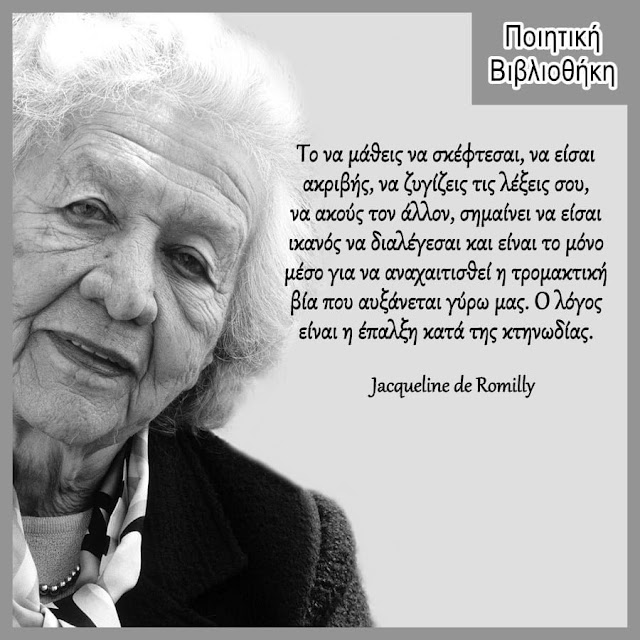Rembrandt’s most striking narrative painting in America, Christ in the Storm on the Sea of Galilee, is also his only painted seascape. Dated 1633, it was made shortly after Rembrandt moved to Amsterdam from his native Leiden, when he was establishing himself as the city’s leading painter of portraits and historical subjects. The detailed rendering of the scene, the figures’ varied expressions, the relatively polished brushwork, and the bright coloring are characteristic of Rembrandt’s early style. Eighteenth-century critics like Arnold Houbraken often preferred this early period to Rembrandt’s later, broader, and less descriptive manner. The painting showcases the young Rembrandt’s ability not only to represent a sacred history, but also to seize our attention and immerse us in an unfolding pictorial drama. For greatest immediacy, he depicted the event as if it were a contemporary scene of a fishing boat menaced by a storm. The spectacle of darkness and light formed by the churning sea


